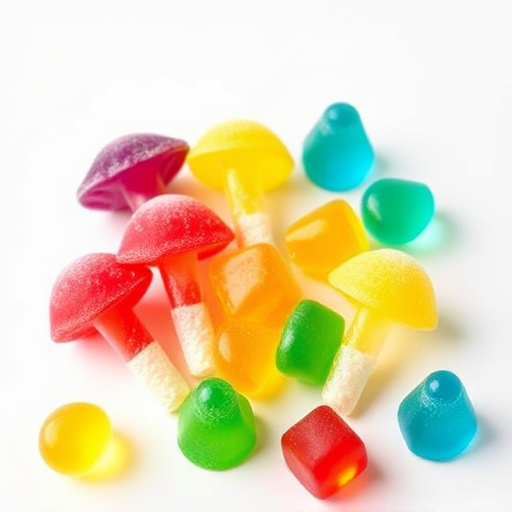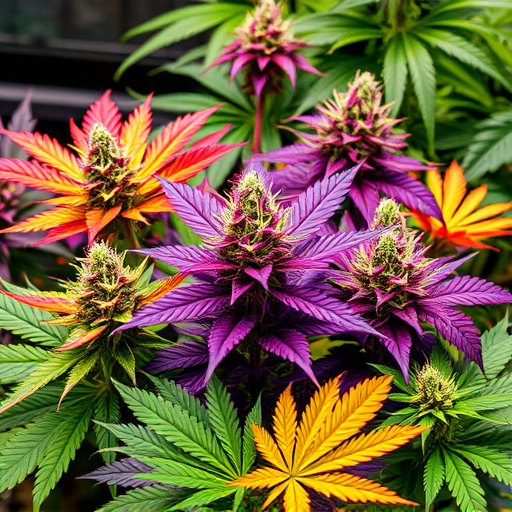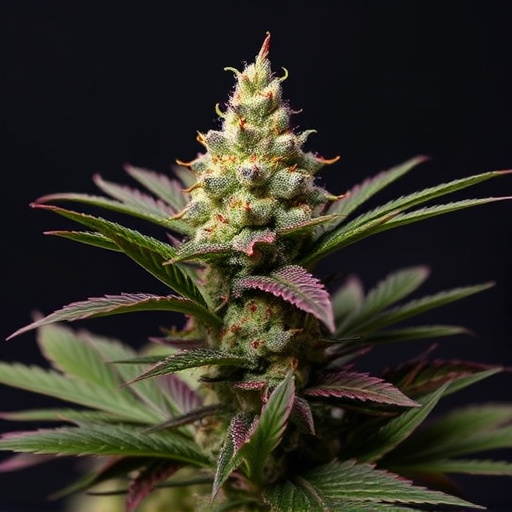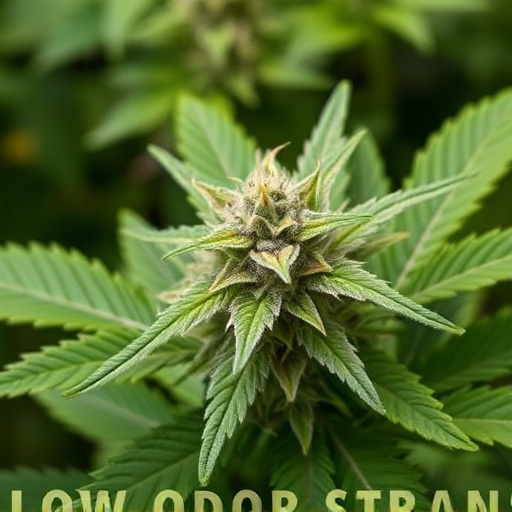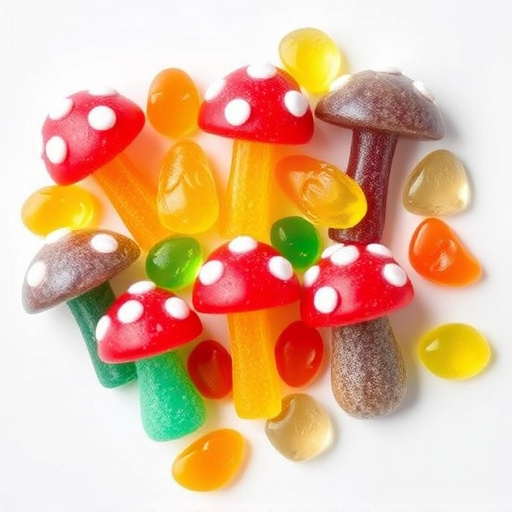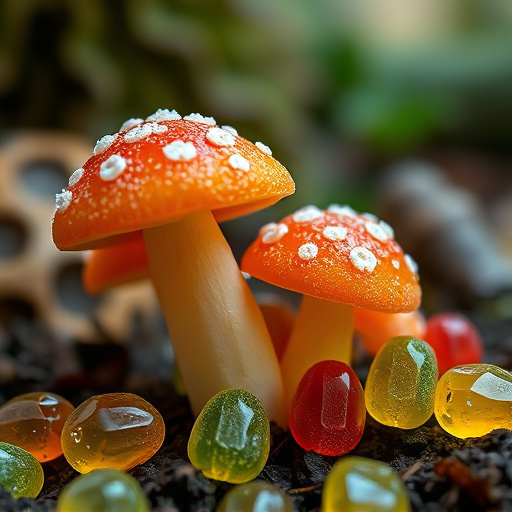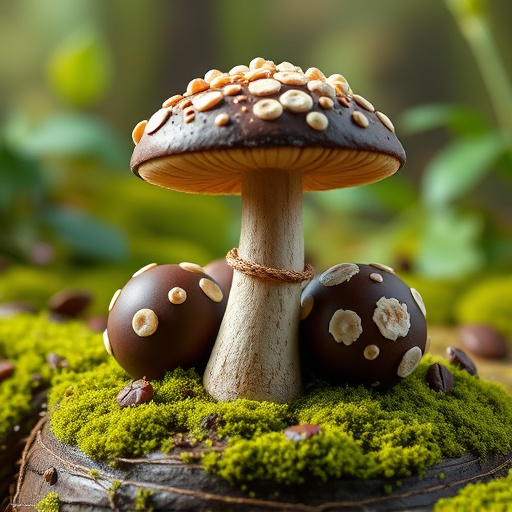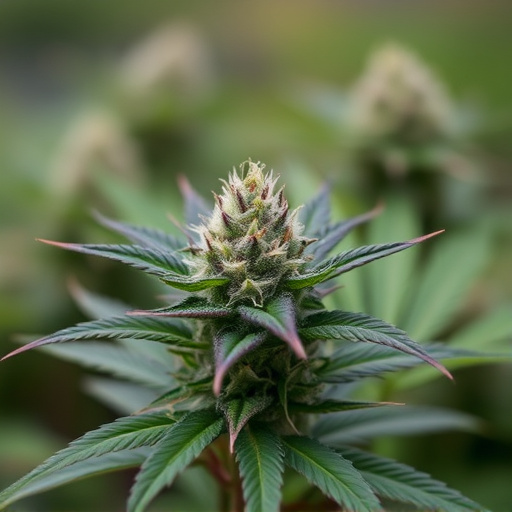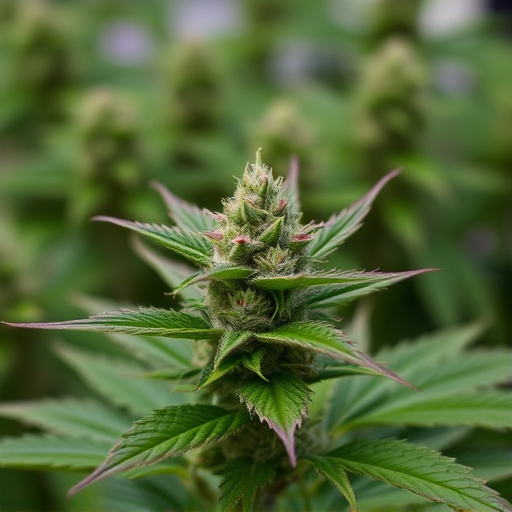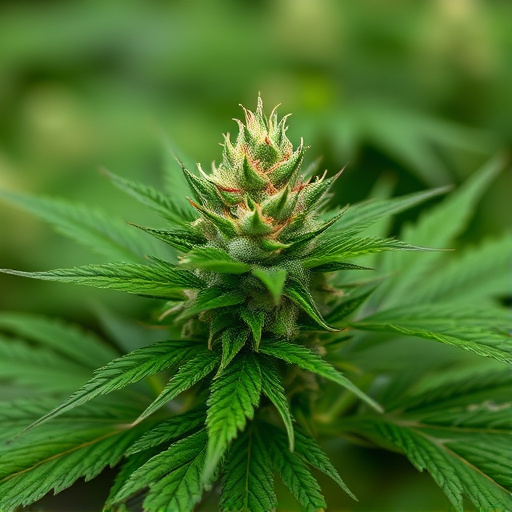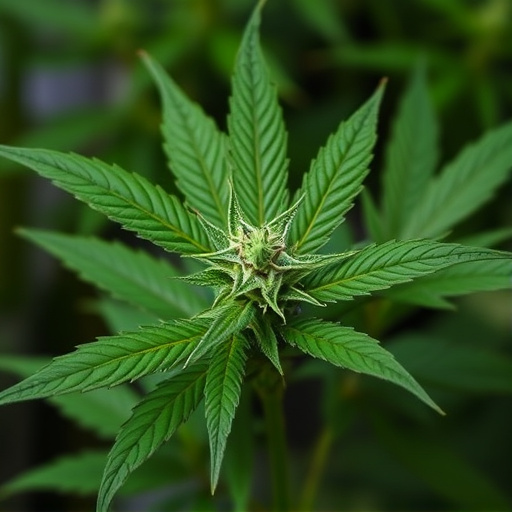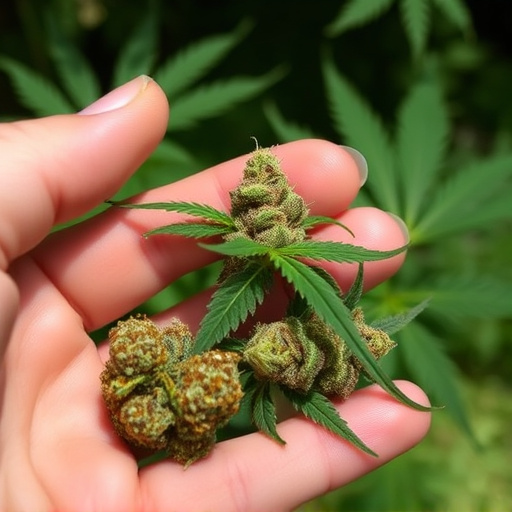Cannabis plants produce various compounds like THC (tetrahydrocannabinol) and CBD (cannabidiol), which interact with the body's endocannabinoid system to regulate mood, anxiety, and well-being. THC is associated with euphoria but may increase paranoia with excessive consumption. Non-psychoactive CBD has gained popularity for reducing anxiety and fear, offering a promising natural remedy. Genetic variations determine cannabis colors like purple and blue, linked to specific therapeutic benefits; these strains are popular choices for anxiety management through cannabis strains for anxiety. Specific varieties like Lavender and Granddaddy Purple are known for their calming properties and anxiolytic effects, reflecting the connection between cannabis chemistry and its psychological impacts.
“Unraveling the mystique of colored cannabis, this article delves into the captivating world where genetics and chemistry collide. We explore why some weeds display vibrant hues of purple, red, and blue, uncovering the secrets hidden within their unique cannabinoid profiles. In light of growing interest in cannabis as a treatment for anxiety, we focus on genetic variations that contribute to distinct color varieties, highlighting strains renowned for their anxiolytic properties. Discover how these rare cannabinoids interact with our mood and provide potential relief.”
- Understanding Cannabinoids and Their Effects on Mood and Anxiety
- Genetic Variations Leading to Unique Color Varieties in Cannabis
- Exploring Cannabis Strains Known for Their Anxiolytic Properties
Understanding Cannabinoids and Their Effects on Mood and Anxiety
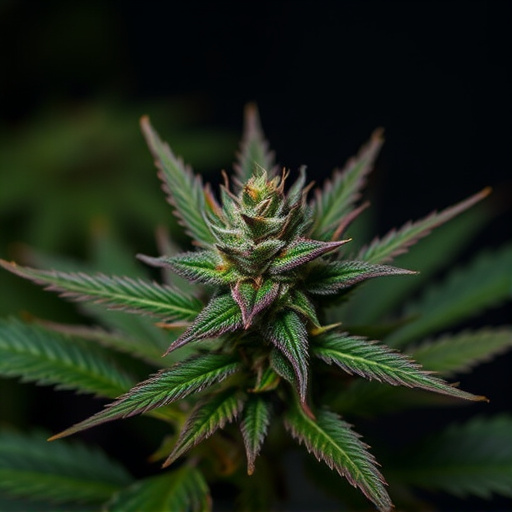
Cannabis plants produce a diverse range of chemical compounds known as cannabinoids, with THC (tetrahydrocannabinol) and CBD (cannabidiol) being the most well-known. These cannabinoids interact with our bodies’ endocannabinoid system, which plays a significant role in regulating mood, anxiety, and overall well-being. When consumed, specific cannabinoids can have varying effects on an individual’s mental state.
For instance, THC is often associated with its psychoactive properties, inducing feelings of euphoria and relaxation. This effect can be beneficial for managing anxiety in some cases, as it may help reduce stress and promote a calmer mindset. However, the impact of THC varies from person to person, and excessive consumption could lead to increased anxiety or paranoia. On the other hand, CBD is gaining popularity for its potential therapeutic benefits without the psychoactive effects. Studies suggest that CBD can interact with the brain’s receptors to reduce feelings of anxiety and fear, making it a promising option for those seeking natural remedies for cannabis strains for anxiety.
Genetic Variations Leading to Unique Color Varieties in Cannabis

Genetic variations play a pivotal role in creating the diverse array of colors seen in cannabis plants, from purple to red and blue hues. These unique color varieties are not merely aesthetic; they often correspond to specific cannabinoid profiles that can offer distinct therapeutic benefits, particularly for conditions like anxiety. Each color variation is associated with different genetic traits that influence the production of cannabinoids such as THC and CBD.
For example, purple cannabis strains often contain higher levels of anthocyanins, a type of pigment responsible for their vibrant color. These anthocyanins have been linked to potential anti-inflammatory and antioxidant effects, which can be beneficial for managing anxiety symptoms. Similarly, blue strains may possess genes that enhance the production of specific cannabinoids known for their calming properties, making them popular choices among individuals seeking cannabis for anxiety relief.
Exploring Cannabis Strains Known for Their Anxiolytic Properties
Cannabis has long been recognized for its potential to alleviate various forms of anxiety, making it a popular choice among those seeking natural remedies. Exploring cannabis strains known for their anxiolytic (anxiety-reducing) properties is an exciting venture into the world of alternative treatments. Certain strains have gained prominence for their ability to calm minds and soothe restless spirits, offering a potential escape from the relentless grip of anxiety.
Varieties like Lavender, with its subtle floral aroma and earthy undertones, are renowned for inducing relaxation and promoting peaceful sleep. Another popular choice is Granddaddy Purple, celebrated for its balanced blend of CBD and THC that provides a soothing, sedative effect without overwhelming sensations of euphoria. These strains, among others, have become go-to options for individuals looking to navigate cannabis as a potential tool in managing anxiety symptoms, highlighting the complex relationship between specific chemical profiles and their psychological effects.
In conclusion, the unique colors of purple, red, and blue in weed are attributed to genetic variations that produce distinct cannabinoid profiles. These variations not only contribute to the visual appeal but also offer a range of therapeutic benefits, particularly for those seeking relief from anxiety. By understanding the interplay between genetics and cannabinoids, we can better appreciate the diverse effects of different cannabis strains on mood and anxiety, providing valuable insights for individuals looking to alleviate symptoms through natural means. For those struggling with anxiety, exploring specific cannabis strains known for their anxiolytic properties can be a game-changer, offering potential relief in a safe and natural way.
